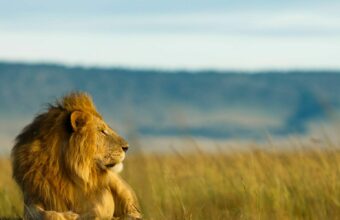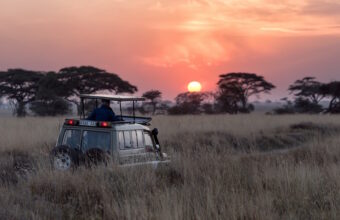Tanzania
Hiking, migration safaris and spice islands
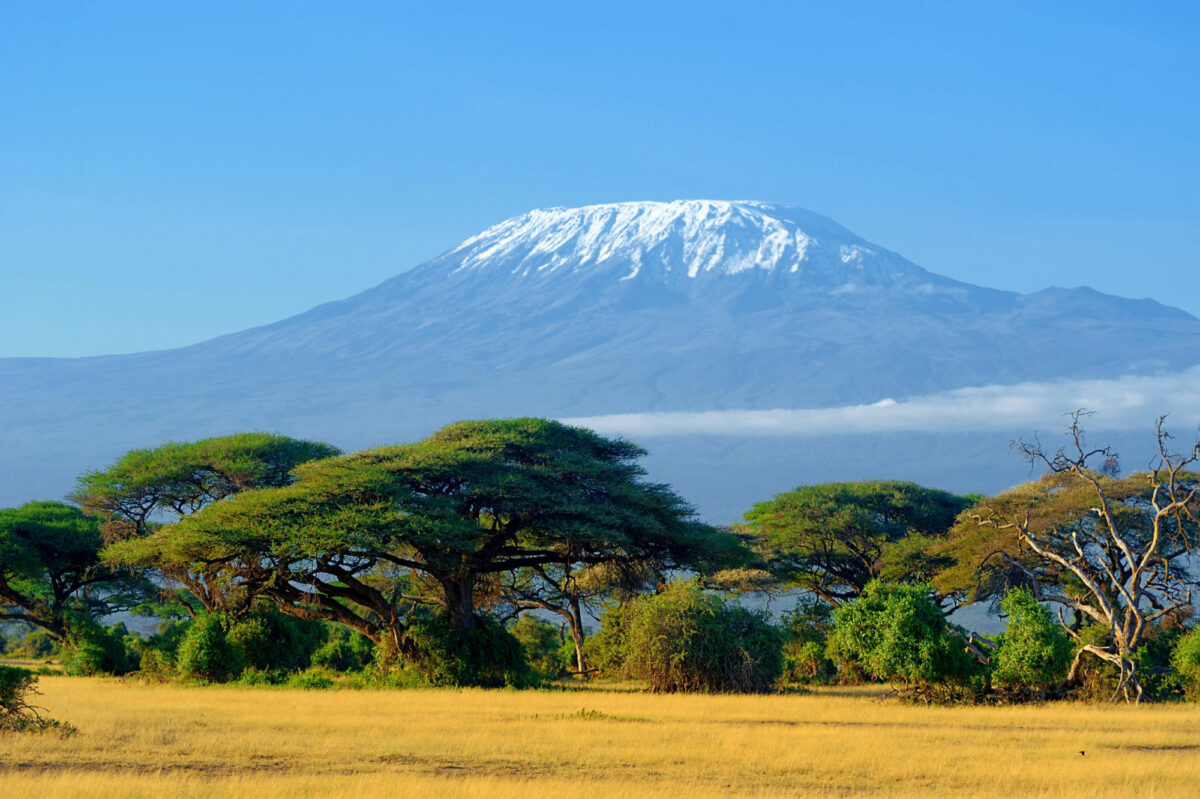
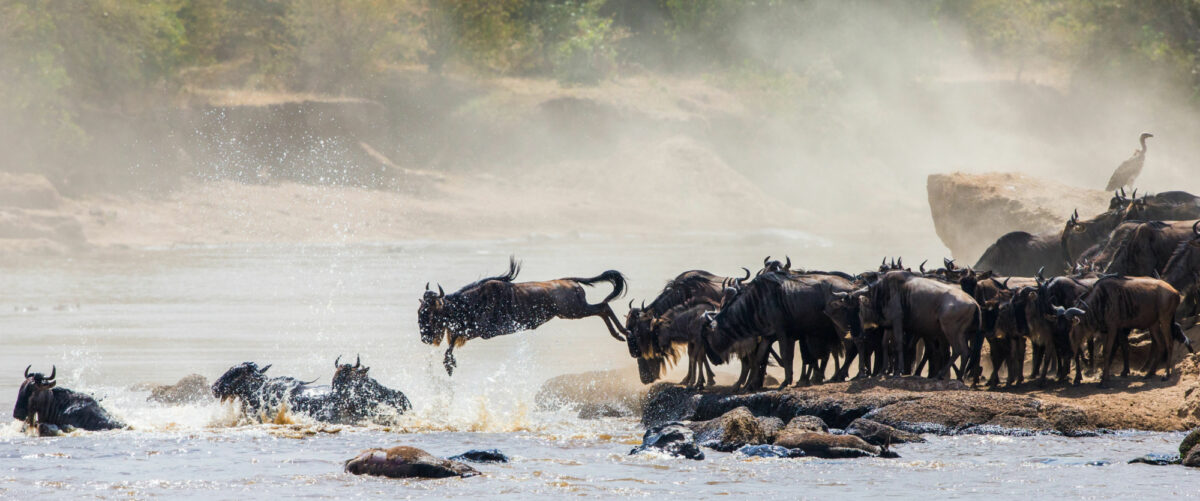
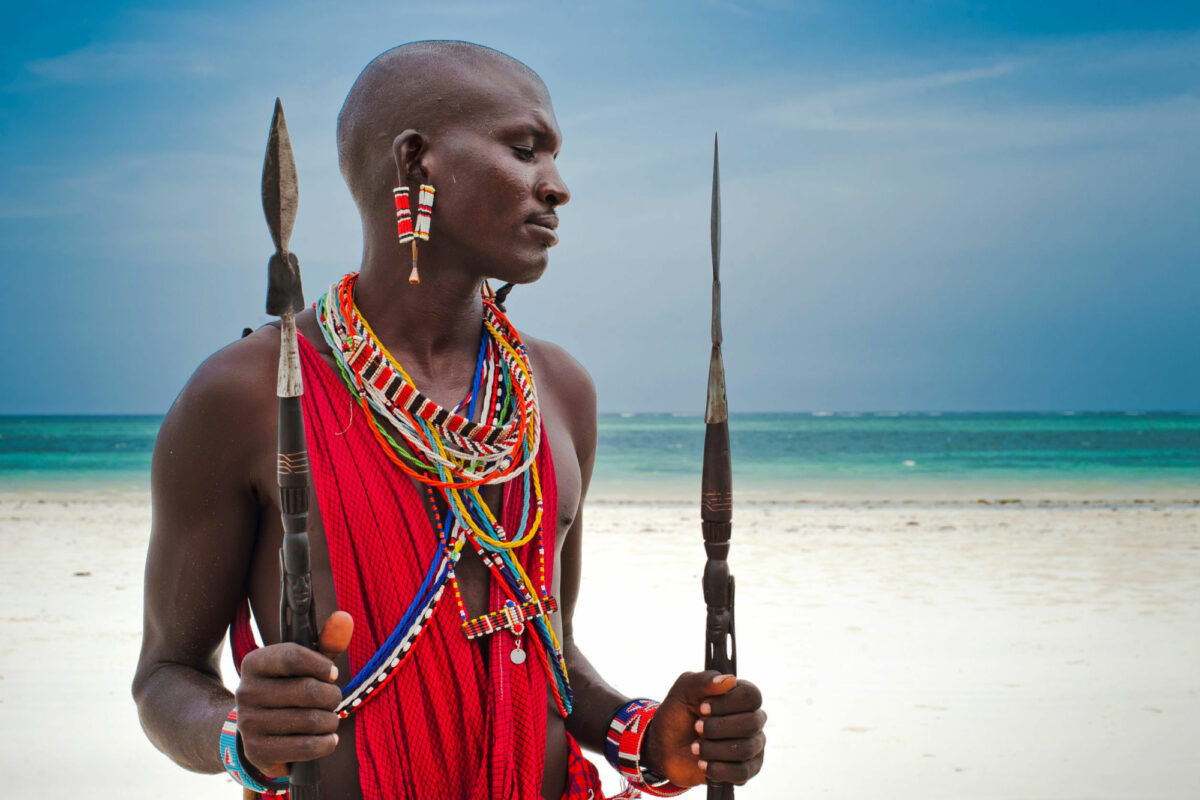
Tanzania is your quintessential African destination. From vast savannahs playing host to hordes of wildebeest migrating, the majesty of the Serengeti and the snow-capped peaks of Mount Kilimanjaro, Tanzania offers adventures for everybody.
Home to the famed wildebeest migration for most of the year plus a healthy population of chimpanzees, this is a true safari heavyweight. But there's much more to Tanzania than the wildlife.
The country has some of the best mountain trekking in Africa, more than 500 miles of sublime coastline and a rich history as a spice route. And over all this profound beauty, the legendary Maasai people still stand proud.
Wildebeest migration safaris
An essential guide to planning a migration safari in Tanzania and Kenya
Sometimes called ‘the greatest show on earth’, the wildebeest migration sees mega herds of almost two million wildebeest, zebras and gazelles continuously travel thousands of kilometres in a broadly clockwise direction from the southern Serengeti, north into Kenya’s Maasai Mara, and back again. The migration is one of Africa's classic safari experiences, drawing visitors year round to witness this magnificent spectacle. Along the way the herds experience the full circle of life, from mating, to calving, to death – often in the jaws of their many predators: the crocodiles and big cats who are themselves sustained by Mother Nature’s beautiful, if brutal, cycle...read more
11 days
Tanzania safari and beach
See all the spectacular wildlife Africa has to offer
14 days
Kilimanjaro and Tanzania wildlife adventure
Explore snow-capped Kilimanjaro and tour wild game reserves
16 days
Tanzania safari, Kilimanjaro and islands
From mountain top and safari adventure to island beaches
-
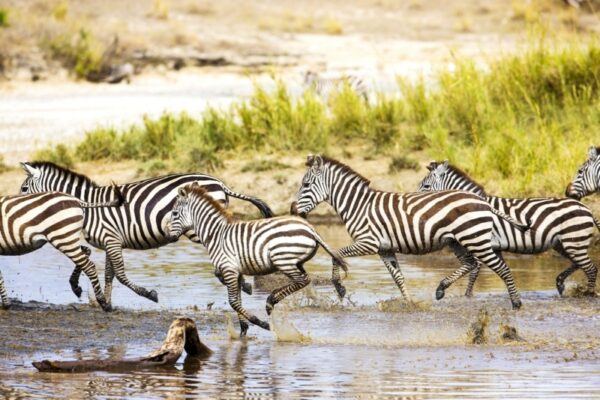
Serengeti National Park
The best place on earth to see the Big Five
The vast, untamed Serengeti might just be the best place on earth to see wildlife... -
Seronera
... -
Lake Victoria
... -
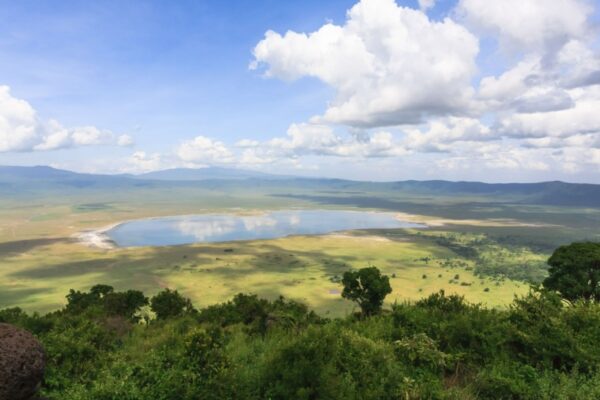
Ngorongoro Conservation Area
All off Africa in one 'bowl'
The Ngorongoro Crater is the largest intact – and inactive – caldera in the world... -
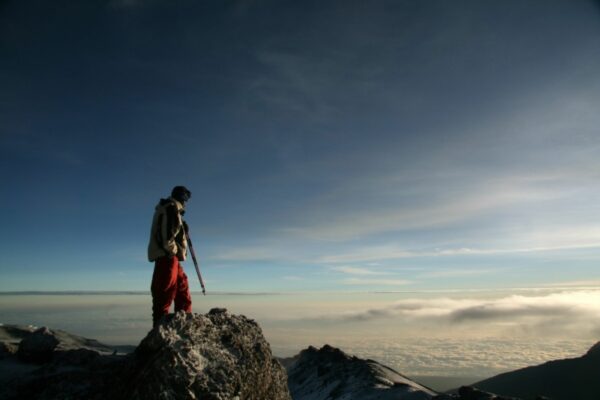
Mt. Kilimanjaro
Stand on top of Africa
Standing 5,895m high, Kilimanjaro is Africa's highest peak and one of the continent's most impressive sights... -
Nalemuru Gate
... -
Simba Camp
... -
Kikelewa Camp
... -
Mawenzi Tarn Camp
... -
School Hut Camp
... -
Uhuru Peak
... -
Horombo Camp
... -
Marangu Gate
... -
Kilimanjaro International Airport
... -
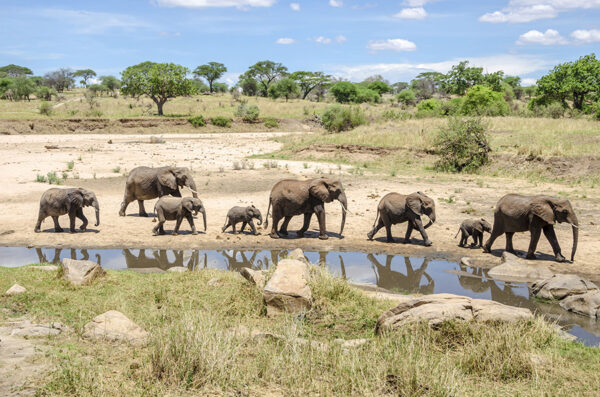
Tarangire National Park
Herds of elephants, lions and even wild dogs roam Tarangire National Park, with the dry season bringing in large concentrations of animals... -
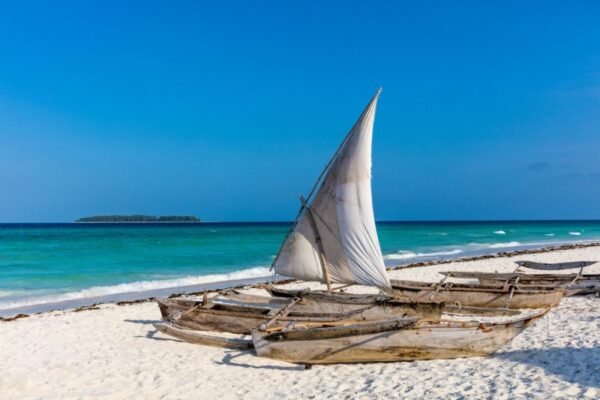
Zanzibar
Spice islands
A cultural crossroad for centuries, the Zanzibar archipelago mixes Africa, Arab and Indian influences... -
Matemwe
... -
Pongwe
... -
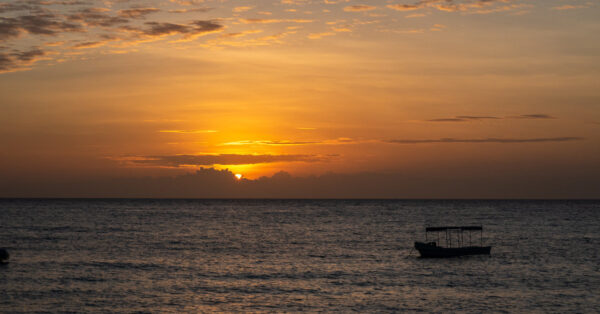
Pemba Island
... -
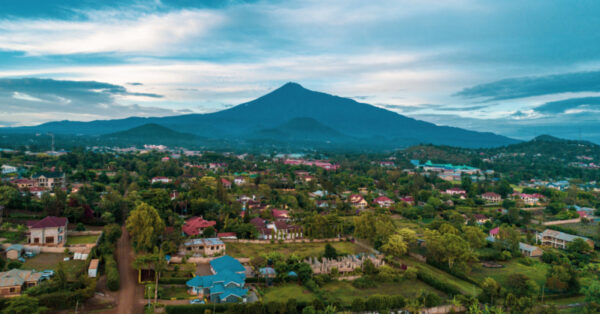
Arusha
... -
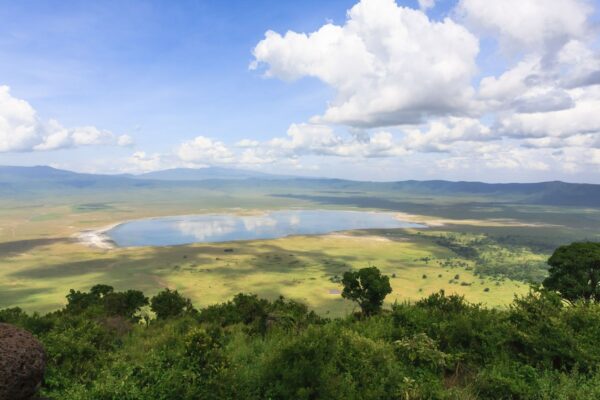
Karatu
Gateway to Ngorongoro
Karatu is a small but lively town on the edge of Ngorongoro Conservation Area... -
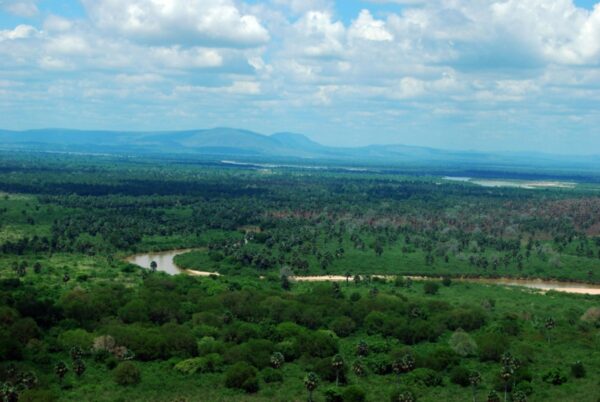
Nyerere National Park
Nyerere National Park (formerly Selous Game Reserve) has a rich variety of wildlife with the Rufiji River running through to join the Indian Ocean... -
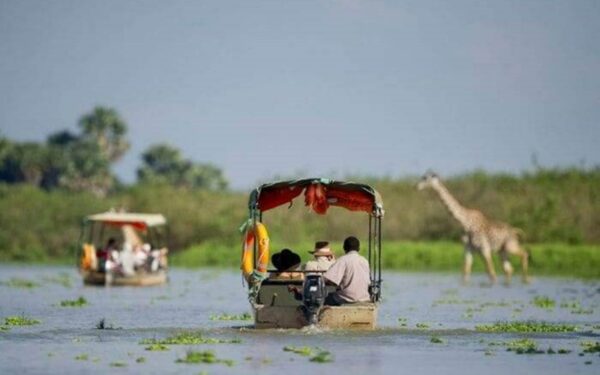
Nyerere National Park
... -
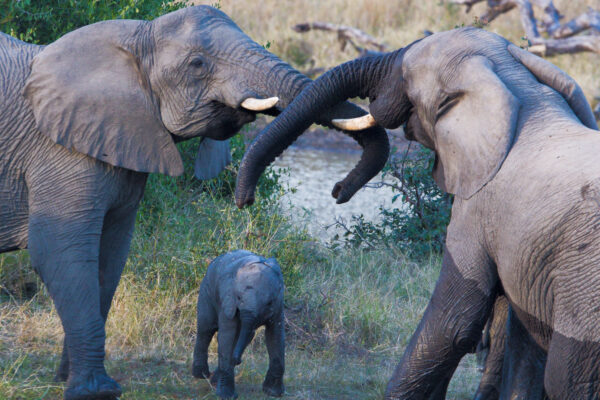
Ruaha National Park
Ruaha National Park is Tanzania's largest national park and is home to baobabs, grasslands and rolling hills... -
Ras Kutani
... -
Songosongo Archipelago
... -
Dar es Salaam
... -
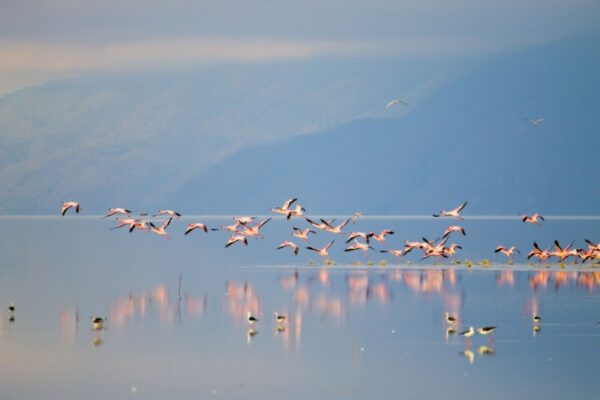
Lake Manyara National Park
On the edge of Lake Manyara, the Lake Manyara National Park is a forested area of land, sitting below the Great Rift escarpment... -
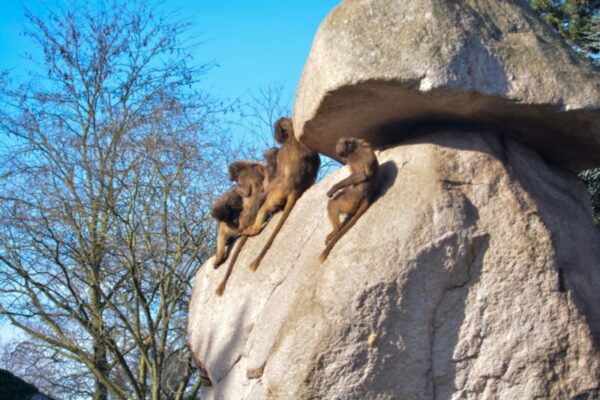
Mahale Mountains National Park
In the very far west of Tanzania, the densely forested Mahale Mountains cascade down to the soft sand beaches and turquoise waters (with incredible snorkelling) of divine Lake Tanganyika... -
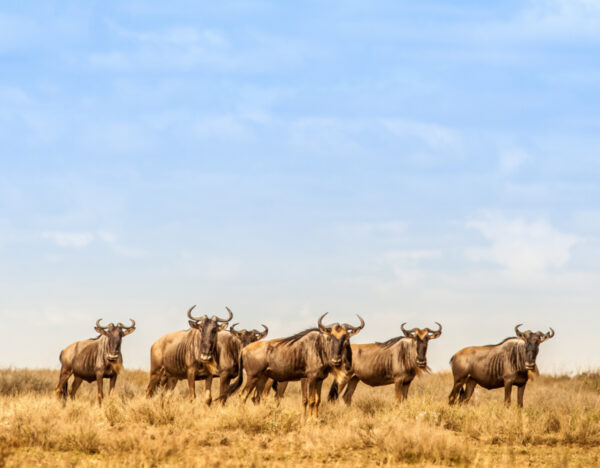
Katavi National Park
A remote park, during the dry season Katavi National Park is home to large herds of wildebeest, giraffes, elephants and zebras... -
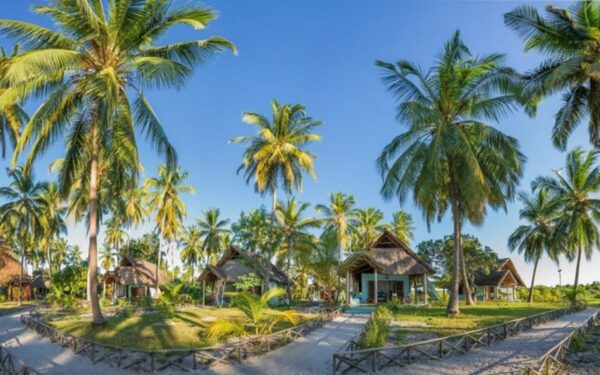
Mafia Island
... -
Ndutu
... -
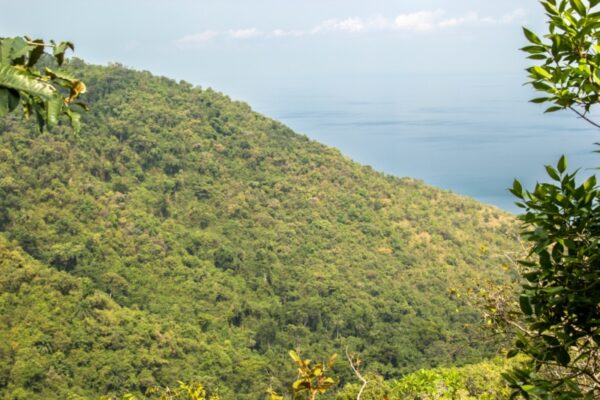
Gombe Stream National Park
Gombe is Africa's most famous chimp trekking destination... -
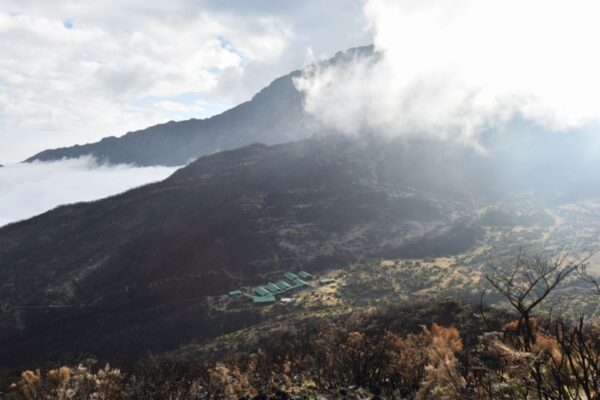
Mt. Meru
Trekking without the crowds
Mt... -
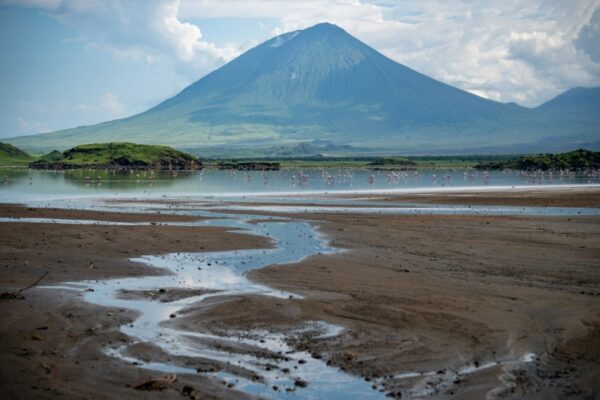
Ol Doinyo Lengai
Making up the northern tip of a mountain triangle that includes Kilimanjaro and Meru, Ol Doinyo Lengai (2,962m) is a live volcanic cone whose distinctive shape and billowing volcanic smoke have made it a holy mountain for the Maasai people of Tanzania and Kenya... -
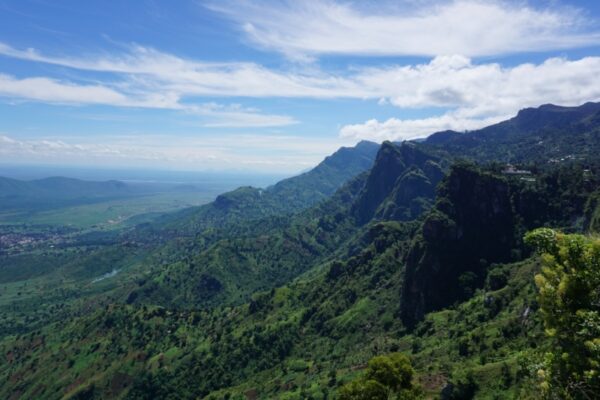
Usambara Mountains
The Usambara Mountains are a great buckle of steep sided ridges and intensely farmed or forested hills that rise up behind Tanzania’s northeastern coastal zone... -
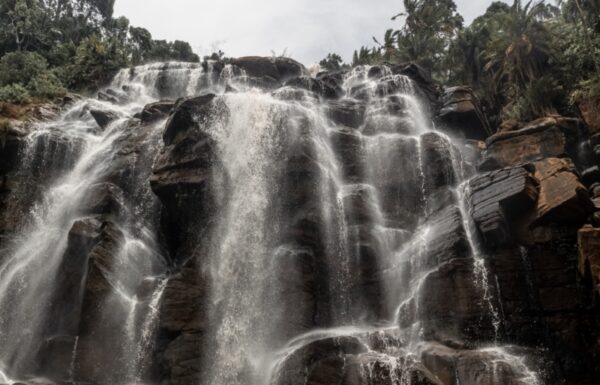
Udzungwa Mountains National Park
In the central part of the country, the Udzungwa Mountain National Park is said to be the second most biodiverse national park in Africa... -
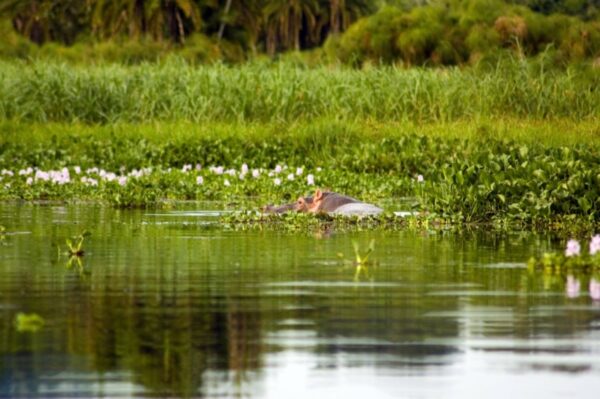
Rubondo Island National Park
One of Africa's quirkiest and most underrated protected areas, Rubondo comprises a lushly forested 240 sq km island set in the Tanzanian waters of Lake Victoria (the world’s second largest lake)... -
Arusha National Park
... -
Lake Natron
...
Places to go in Tanzania
Tanzania Tours
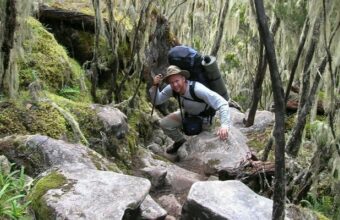
Kilimanjaro Trek Umbwe Route
Mount Kilimanjaro Trekking 6 Days Umbwe Route
9 daysFrom $1,800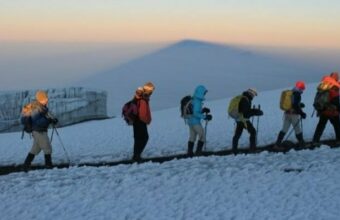
Kilimanjaro Northern Circuit
Mount Kilimanjaro Trekking 9 Days Northern Circuit Route
9 daysFrom $2,400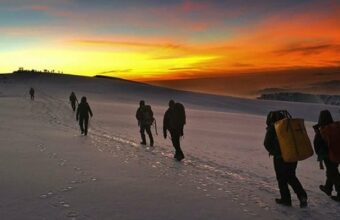
Mt. Kilimanjaro Lemosho Route
Mount Kilimanjaro Trekking 7 Days Lemosho Route
7 daysFrom $1,840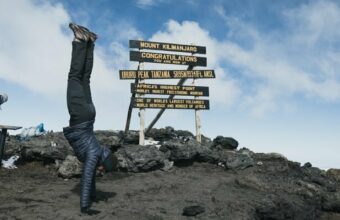
Mt. Kilimanjaro Marangu route
Mount Kilimanjaro Trekking 5 Days Marangu Route
5 daysFrom $1,390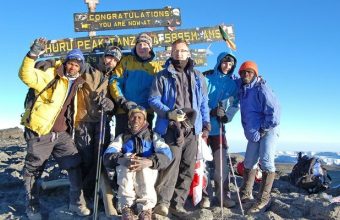
Mt. Kilimanjaro Machame Route
Mount Kilimanjaro Trekking 6 Days Machame Route
6 daysFrom $1,680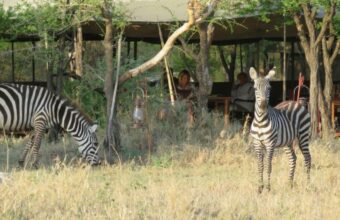
Serengeti North Wilderness Camp Fly in Safari
4 day safari in the Serengeti
4 daysFrom $2,095Tanzania Travel Companies
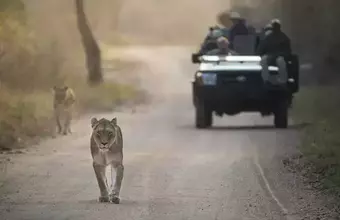
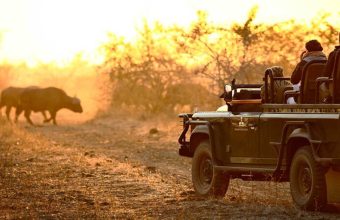
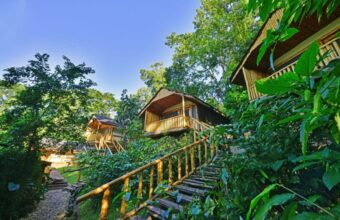
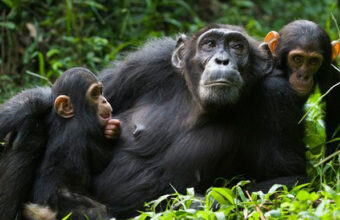
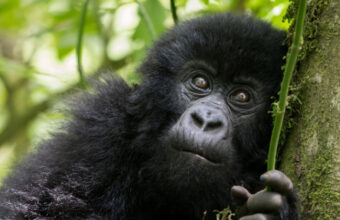
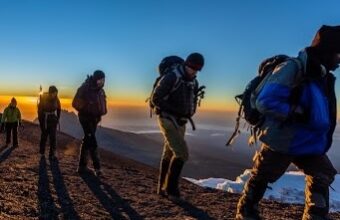
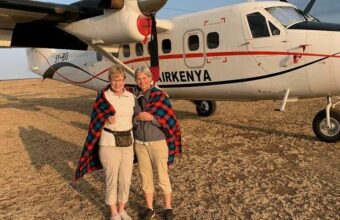
 East Africa
East Africa
Natural World Kenya Safaris
The leader in customized and budget-friendly East Africa safaris
